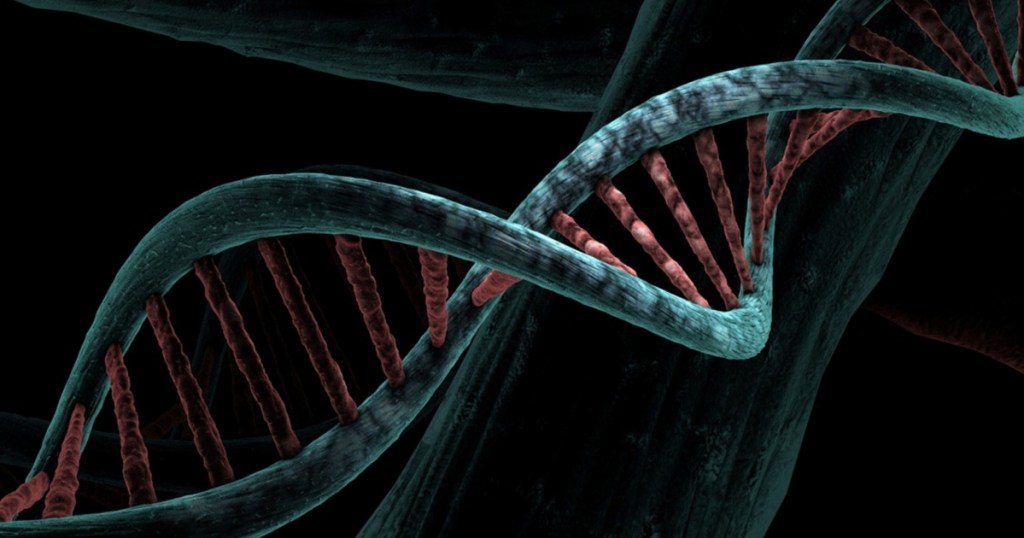In July 2022, a gene therapy called Upstaza, became the first approved treatment for Aromatic I-amino acid decarboxylase (AADC) deficiency and the first of its kind to be infused directly infused into the brain.
Photo Source: Pixabay
AADC is a genetic disorder of the nervous system found in children, primarily those of Asian ancestry. It is caused by mutations in the DDC gene, which encodes a specialized protein needed to produce important neurotransmitters including serotonin and dopamine.
Children with AADC often have trouble with sitting up, walking, talking, and movement coordination. These involuntary movements usually occur in the face, head, and neck and can include oculogyric crises – spasms in the eye muscles that tilt the face upward.
Photo Source: Pexels
While there is currently no cure for AADC revolutionary therapies like Upstaza have the potential to ease the symptoms of the disorder. During the Upstaza treatment, surgeons drill a small hole into the patient’s skull. Then a healthy copy of the DDC gene is delivered into the brain’s nerve cells.
During testing, 30 children with AADC disorder were given the Upstaza therapy and the results were presented at the annual symposium of the Society for the Study of Inborn Errors of Metabolism. All study participants reported improved cognitive and motor function, and reduced incidents of oculogyric crises.
According to NewScientist, seven children learned to walk and three learned to talk after receiving the trial Upstaza therapy. Due to these findings, the European Medicines Agency approved Upstaza. Those working on the treatment are hoping and waiting for the approval of the U.S. Food and Drug Administration.
